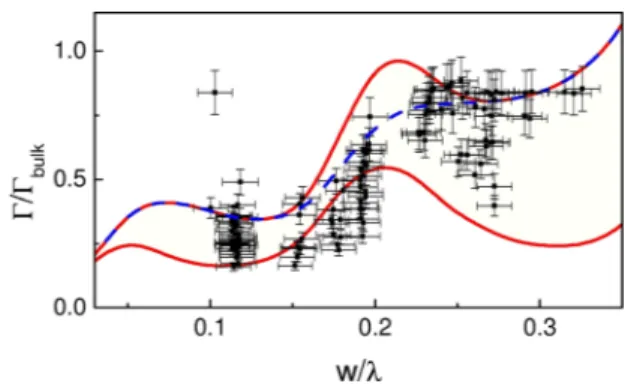Quantum dot spontaneous emission control in a ridge waveguide
Texte intégral
Figure


Documents relatifs
Things did change since the quantization of energy of Ultra Cold Neutrons (UCN) bouncing above a mirror in the Earth’s gravitational field had been demonstrated in an
urophylla populations using microsatellite markers, (ii) to assess the genetic variances within and among the populations for adaptive and growth traits using a controlled
Dans ce cadre, et en supposant l’existence d’une taxonomie sur tous les items de la base de donn´ ees, nous utilisons une mesure de similarit´ e Overall-Relatedness permet- tant
These techniques can be applied to other rotating PSFs as well as other depth-encoding PSFs for accurate 3D localization and flux recovery of point sources in a scene from its
(60) observed that red blood cell transfusion was independently associated with an increased risk of venous (OR 1.60) and arterial (OR 1.53) thrombotic events and mortality (OR 1.34)
To determine the emission energies of segments with a speci fi c thickness in view of the variable emission energy, we performed a statistical analysis of the emission energy of
4 In addition, we varied the value of the spontaneous polarization P SP 5,6 and the residual doping in the NW homojunctions. The results of